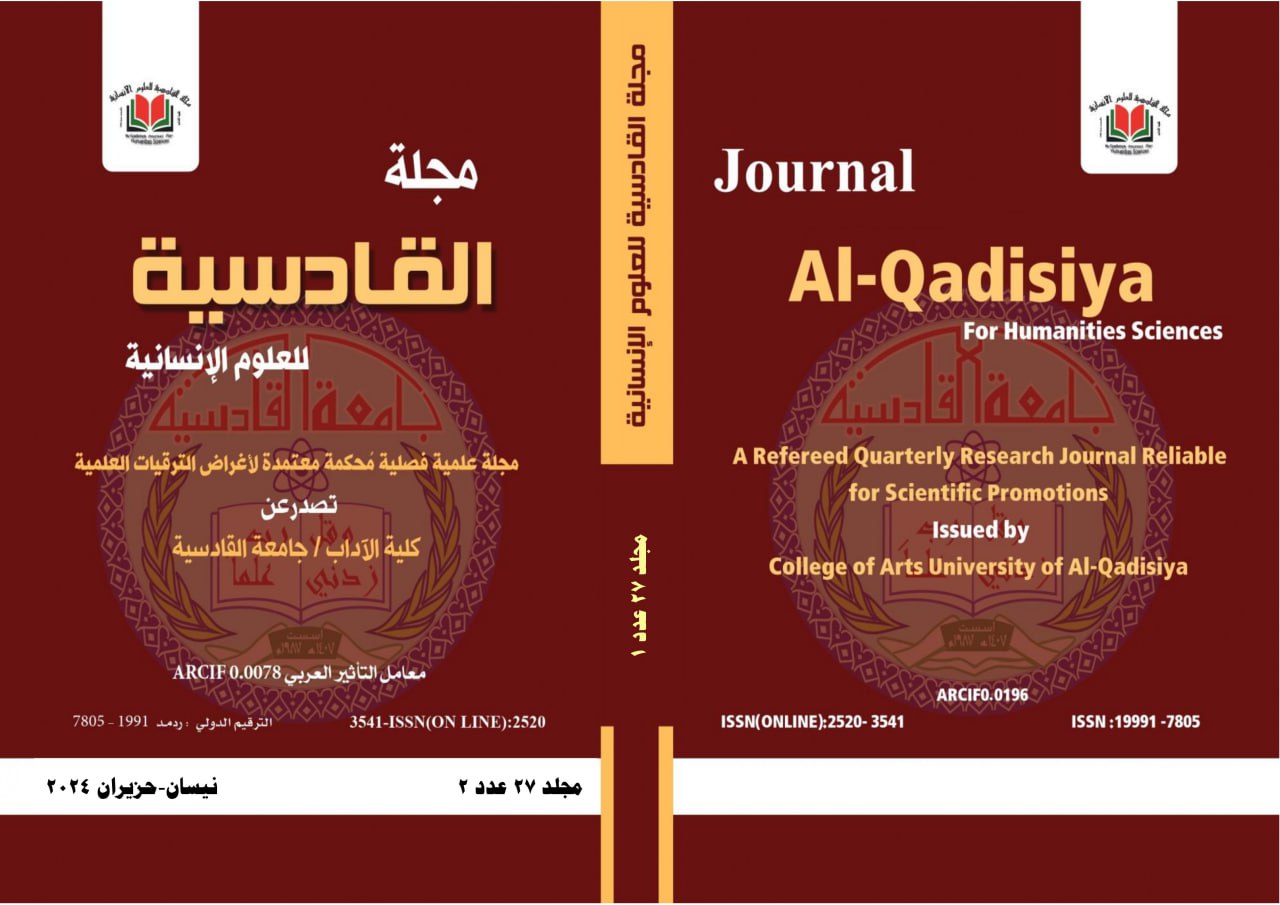Abstract
This study examined desert agriculture in the Badia and the reasons for its orientation as a result
of the abundant agricultural potential represented by groundwater and arable soil that was the
reason for increasing agricultural production and achieving agricultural development in the study
area. Especially in the production of cereal crops, including wheat and barley crops, whose total
area reached (57 thousand dunums) for the year 2019, in addition to fodder crops and vegetable
crops, which contributed to achieving agricultural development in the study area compared to the
areas of Al-Muthanna governorate, which suffer most of the problem of salty soils and its spread
over large areas And the low water level that limits the cultivation of various crops, which was the
reason that the farmer went towards the Badia to invest the available agricultural potentials. The
most important conclusions reached by the research is that most of the desert lands in the western
regions of Al-Muthanna Governorate have invested in what is known as desert agriculture due to
the availability of groundwater and arable soil. Most of these cultivated areas are exploited by
growing wheat and barley crops due to the need to preserve them, in addition to the fact that their
prices are subsidized by government institutions. Whereas, uh, the proposals were to encourage
farmers to expand desert agriculture, especially for vegetable crops, wheat and barley crops, with a
view to reducing import from them from neighboring countries. Which necessitates the necessity of
supporting governmental institutions for such agricultural production by providing improved seeds
at affordable prices for farmers, harvesters, fertilizers, and others. The research ended with a list of
margins and sources through which the research achieved its scientific obligation.
of the abundant agricultural potential represented by groundwater and arable soil that was the
reason for increasing agricultural production and achieving agricultural development in the study
area. Especially in the production of cereal crops, including wheat and barley crops, whose total
area reached (57 thousand dunums) for the year 2019, in addition to fodder crops and vegetable
crops, which contributed to achieving agricultural development in the study area compared to the
areas of Al-Muthanna governorate, which suffer most of the problem of salty soils and its spread
over large areas And the low water level that limits the cultivation of various crops, which was the
reason that the farmer went towards the Badia to invest the available agricultural potentials. The
most important conclusions reached by the research is that most of the desert lands in the western
regions of Al-Muthanna Governorate have invested in what is known as desert agriculture due to
the availability of groundwater and arable soil. Most of these cultivated areas are exploited by
growing wheat and barley crops due to the need to preserve them, in addition to the fact that their
prices are subsidized by government institutions. Whereas, uh, the proposals were to encourage
farmers to expand desert agriculture, especially for vegetable crops, wheat and barley crops, with a
view to reducing import from them from neighboring countries. Which necessitates the necessity of
supporting governmental institutions for such agricultural production by providing improved seeds
at affordable prices for farmers, harvesters, fertilizers, and others. The research ended with a list of
margins and sources through which the research achieved its scientific obligation.
Keywords
: agriculture
Badia
desert
Muthanna.
